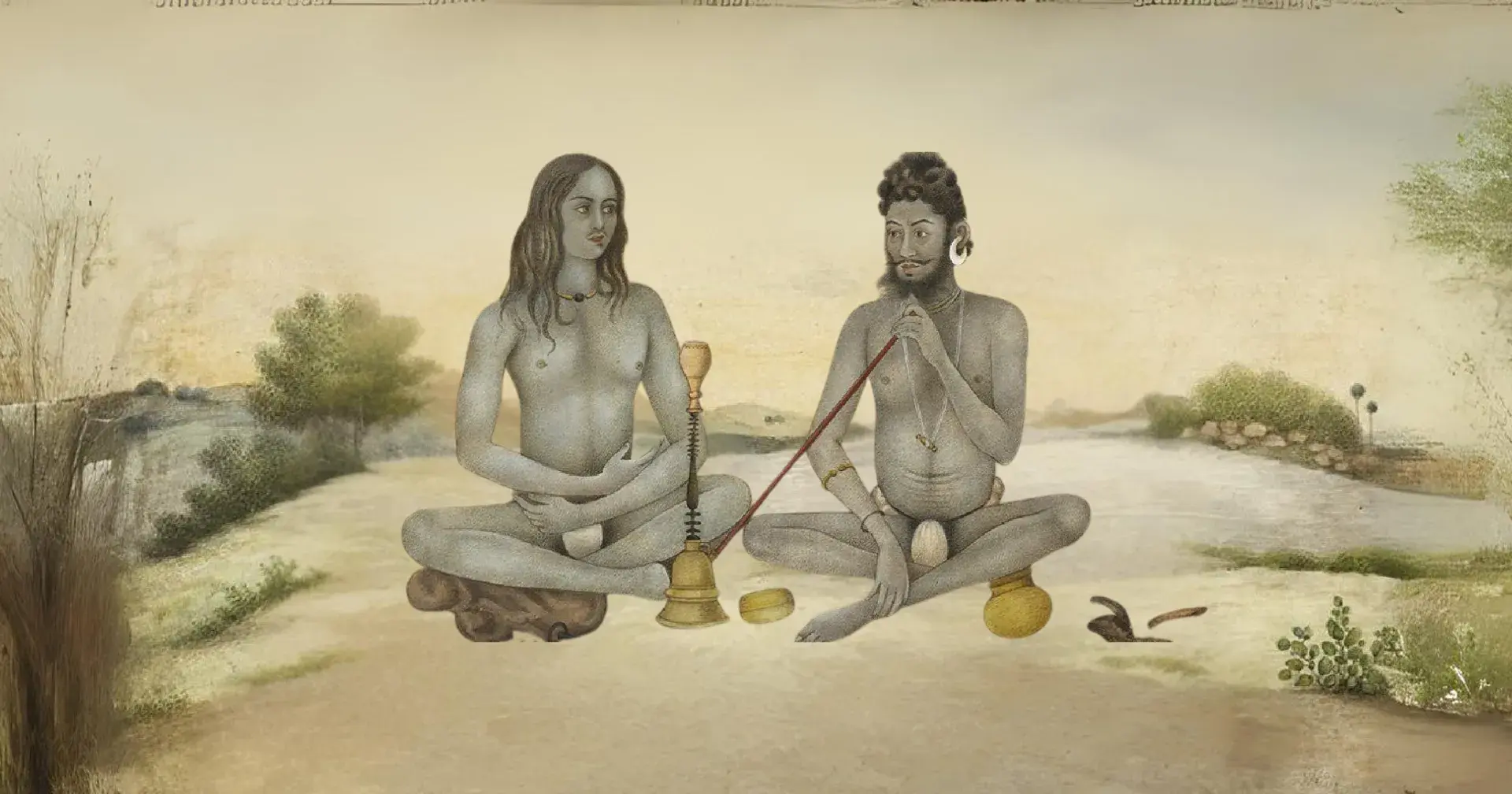Please Like the Blog and Share it for Maximum Reach
Table of Contents
Guru Gorakhnath: Acceptance of Ocher-Clothes and taking of Vows
The Vows taken by Gorakhnathis are many. The sect Yogis drive a knife into the ground, and the new initiate swears by the knife. Some vows are, Gorakhnathi Yogis may not engage in trade or business of any kind. They shall also not take any employment.
They shall never curry any dangerous weapons. The Yogi will not get angry, even when abused. They shall not marry and always protect their ears. Like all other Yogi sects, they take the vow of Ahimsa or non-violence. The initiate receives the mantra from another yogis or Guru after he takes these vows.
He also accepts Ocher-colored clothes. His hair is cut, and he consigns his hair to a nearby river, preferably the Ganga river. The associates then arrange a feast on behalf of the initiate.
Acceptance of Loin-Cloth and Ear-Splitting Ceremony
The cutting of the hair of the head and other private areas is indicative of the fact that the initiates have no caste, following the ceremony.
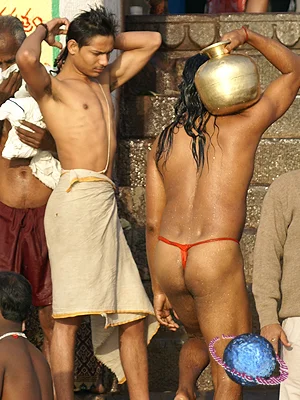
The new initiate takes a bath in the Ganges and besmears his body with the holy ash. Then the Guru presents him with the loin-cloth or kaupin. The Guru also presents a cap to the new entrant. Ash on the body represents that the world is now dead for the Yogi. The Guru conducts the ear-splitting ceremony only after 6 months after the initiation.
Acceptance of New Name Ceremony
The Yogi allows the scalp-locks to grow. Then he visits some famous shrines, as per the custom of the Gorakhnath Yogis. The Yogi then cuts his locks before the deity and conducts a feast. This practice is however not popular among the Gorakhnathis of Gorakhpur. After the barber cuts the scalp lock of the Yogis, before the deity, the Yogi seats himself facing the North.
His teacher puts around his neck the singhanad janeo or the sacred investiture thread.
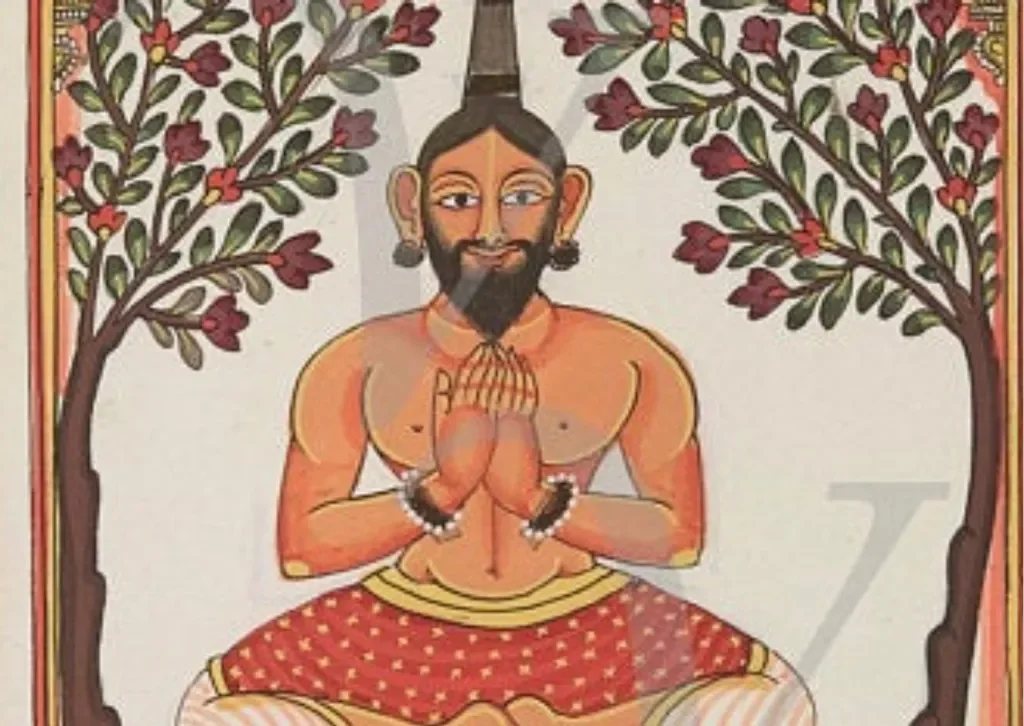
The candidate receives an addition of “Das” in his name, which means a servitor.
The Almora Yogis follow this regime, while the Yogis of Gorakhnath are not in for this practice. Gorakhnath Yogis receive a name of a sage, a plant, or an animal.
Test your Alignment with the Spiritual Subject (only 7–8 Questions)
The scores generated in this quiz are relative. There are no right or wrong answers. A percentage towards 100 indicates that you are more aligned to the overall subject.
Internship of the Aughars
The Aughars wear a very long loose coat which is ocher-colored and reaching nearly till the ankles, without a waist-band. They also wear a turban of the same color, made of cotton. The Aughar serves his guru, attends his teachings, and performs certain duties of the establishment where he belongs.
At the place called Dinodhar, the Guru makes the novice Aughar repeat twice, the omkar, upadesh, and aadesh by the Guru. The omkar is the chanting of the “AUM” mantra. Upadesh is the instructions related to spirituality, religion, practice, and the philosophy behind the cult.
Aadesh is the specific instructions of service which the Guru wants the initiate to practice as part of his daily regime.
When can an Aughar become a Yogi?
An Aughar does not have the same rights as the full-fledged Yogi. At feasts, when people distribute gifts, the Aughar gets less than half the portion allotted to Yogis.
There is no stated period of internship when an Aughar is accepted as a Yogi.
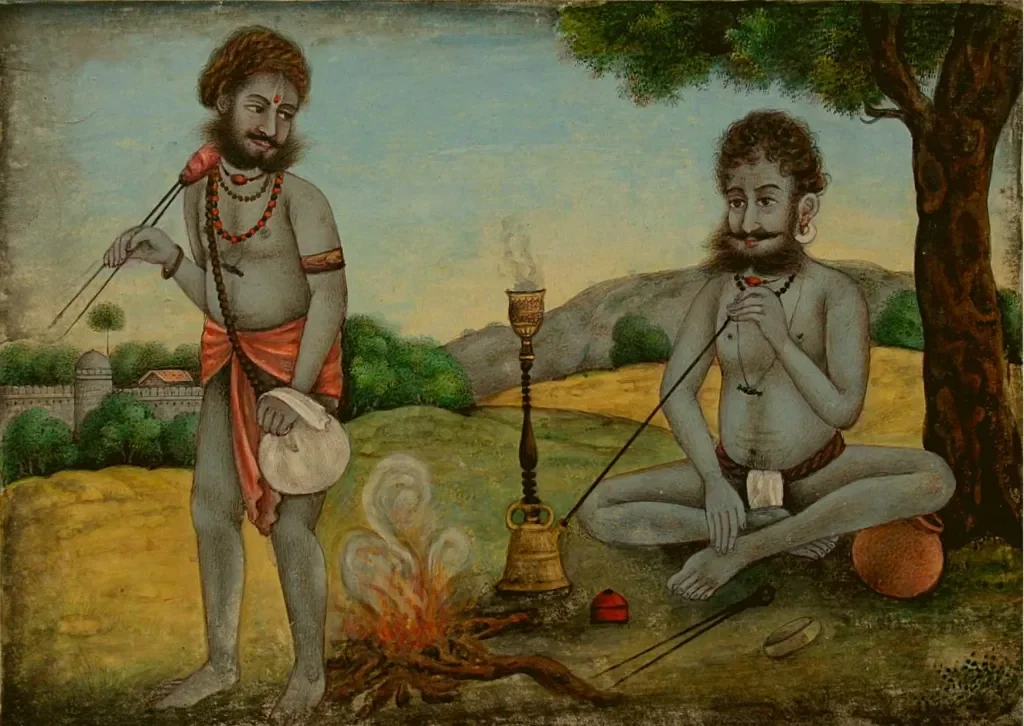
At any time, when the disciple impresses the Guru enough, the Guru may order him to take final initiation and may induct him into the clan of Yogis. There are many cases in the Central Provinces, where Aughars are maintained in their position for 12 years or more before being finally allowed to join the system of Yogis.
Different types of Aughars
There are some among the Aughars who do not graduate further because they have no intention of piercing their ears. At the place known as Kirana, Aughars are of good repute and wealth.
There are some monasteries of Aughars also at Haridwar and Mumbai. At a temple in Walkeshwar, Mumbai, at the sea-front, there is a residence group of Aughars who are followers of Balaknath. Some Aughars pretend to have magical powers and resemble the Aghoris.
Worship of Goddess Balasundari
The Aughars may enter into the Yogi sect through the final initiation process with the worship of the 9 Nathas (Navanatha), the eighty-four Siddhas, and Balasundari. A twisted wick represents The Goddess Balasundari, fixed in a ball of dough.
The Aughars then light the wick, which represents the Goddess.
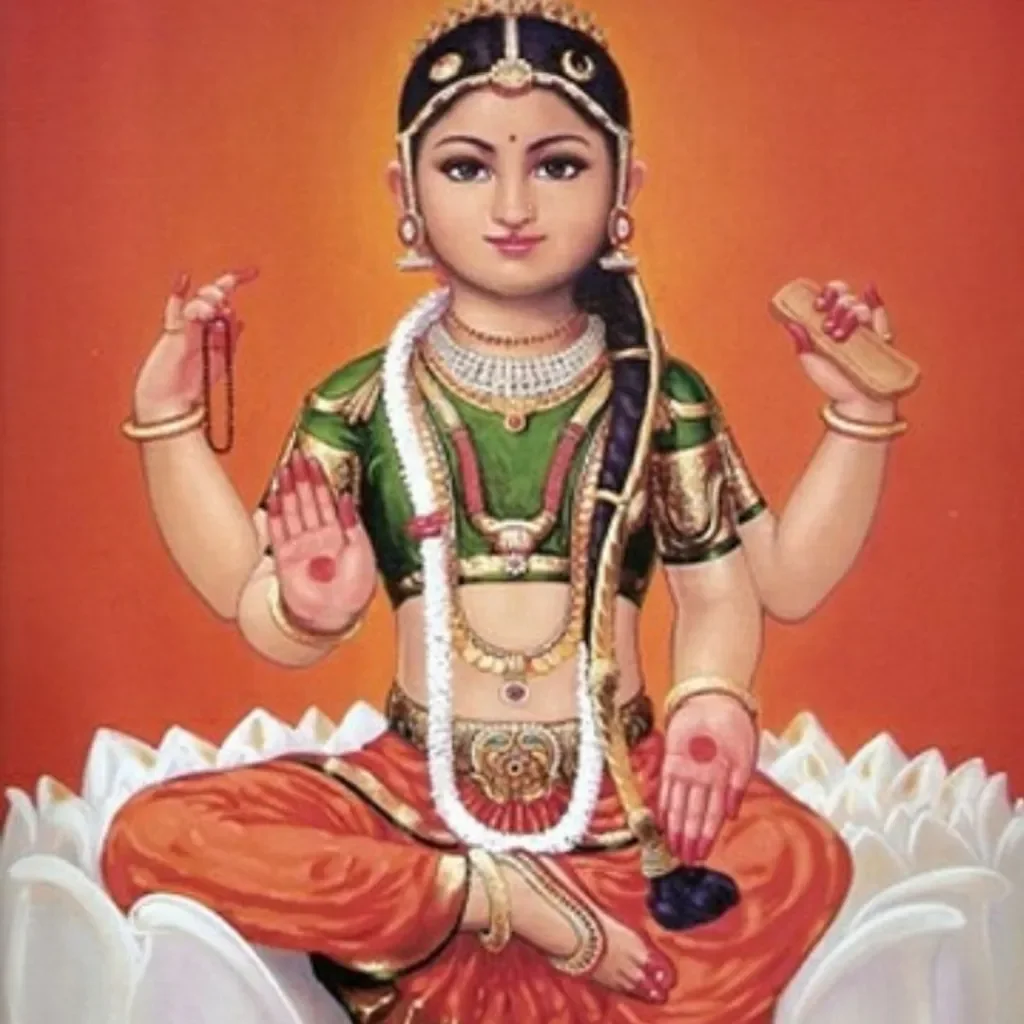
They place this ball of dough in a square made on the ground with flour and rice. In this square, a jar of water called the Kalash is also set. The Aughars worship the light is with offerings of flowers, sweets, cake, and coconut. Then they cut a cake and offer it to the deity.
Practices of the Kanphata Yogis
The Yogis have many duties. At Dhinodhar, the Yogi repeats the name of Dada, the founder. Sometimes, Yogis repeat the word Baba which refers to his Guru. He serves the teacher, looks after the Guru’s personal needs, and also performs other tasks that the Guru assigns to him.
The Guru always considers the Yogi, whom he directs as his own direct son, and hence the Yogi inherits everything of his Guru, after the Guru’s passing. An initiated Yogi can also become a militant Yogi, vowed to celibacy.
In such a case the Yogi is a Naga, Nihang, or a Kanphata. On the other hand, quite contrary to the other practices, a Yogi may also become a householder. The initiate may become a member of the sub-sect of his guru, consequently, on choosing his guru, he chooses his subsect.
Women in Gorakhnathi Sect
Some women receive initiation into the sect. They are either married women or those who enter the sect after the death of their husbands. There was one Nathni (the female member of the Gorakhnath Sect), a widow whose husband had been a landlord.
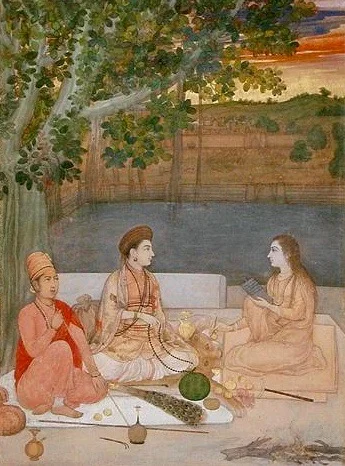
After the death of her husband, Satnath Sect of Almora initiated her into the order. She had undertaken pilgrimages as far as HingLaj She was also an appointed pujari or priest of the temple of Bhairon, in her own house. The Nathni had received the brand mark from Koteshwar, and she wore the beads that she received from HingLaj.
The lady received her coconut-begging-bowl from Bhuj in Kutch.
She wore a taweez or amulet. She also wore the black stones she received from Badrinath. The Nathni also had the rosary of 32 beads, typical of Kanphata Yogis. There were other women with similar qualifications in her sect.
Please Like the Blog and Share it for Maximum Reach

